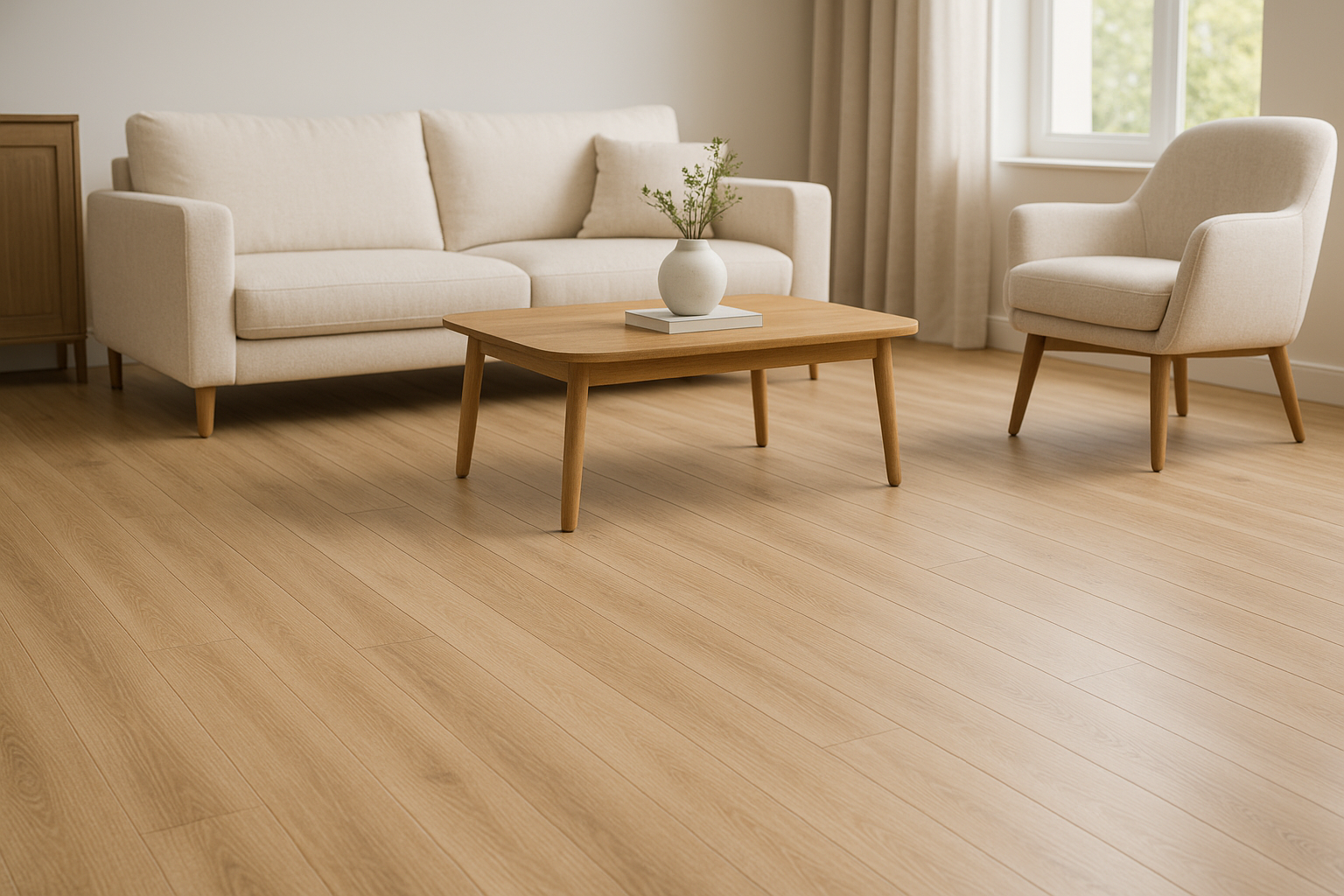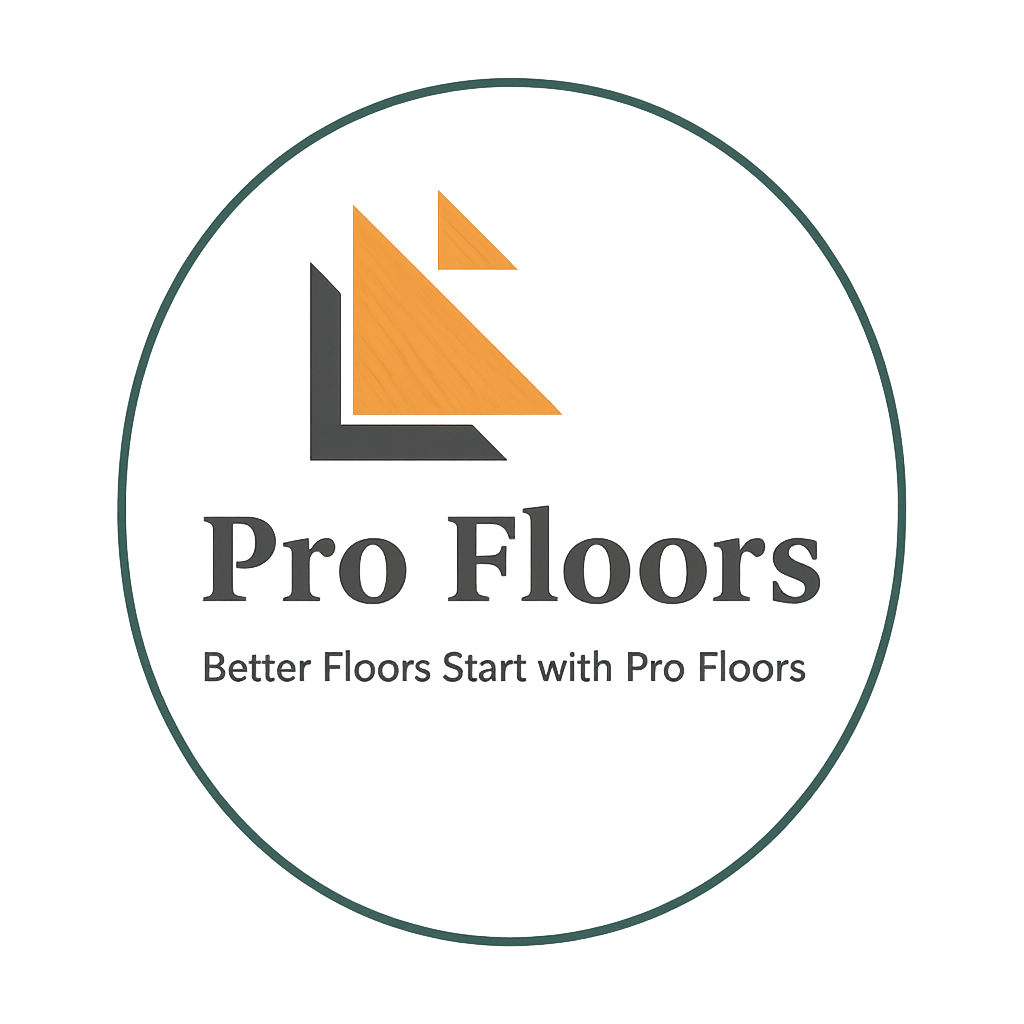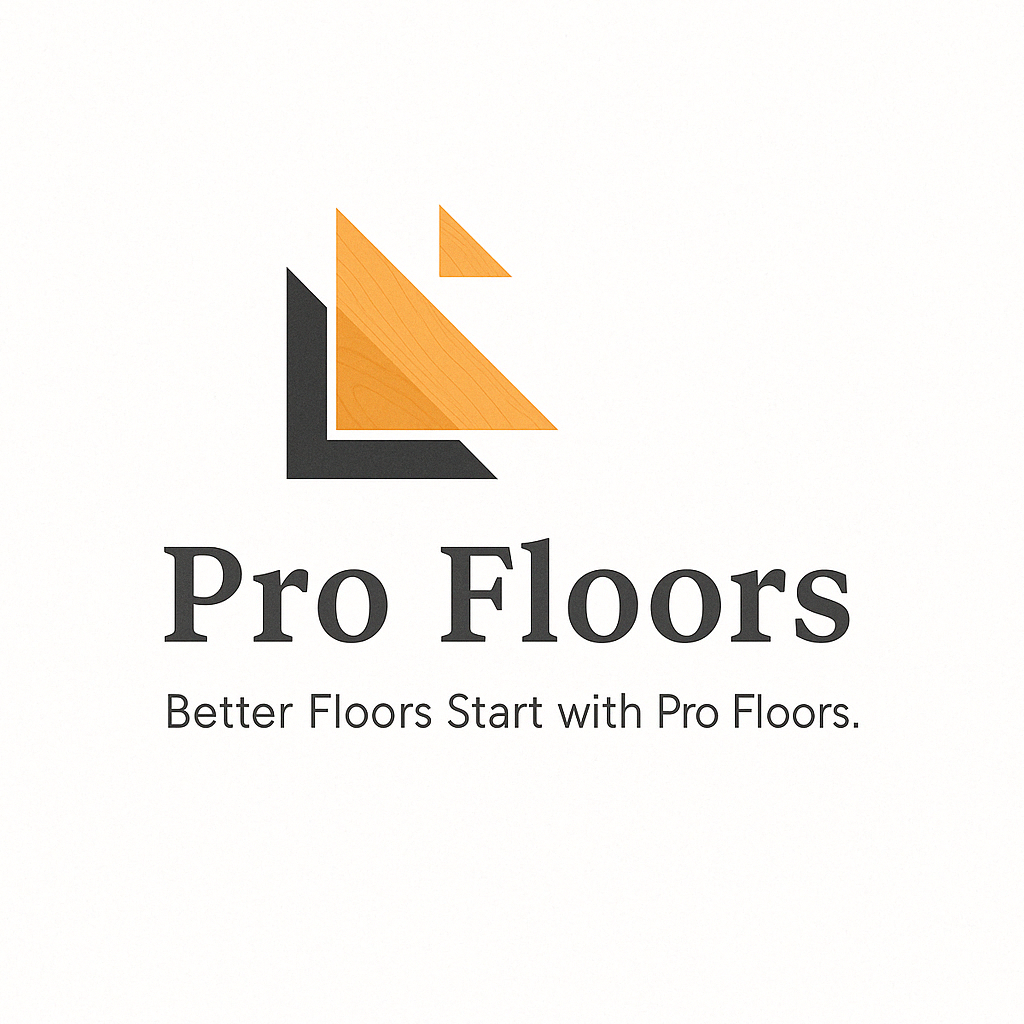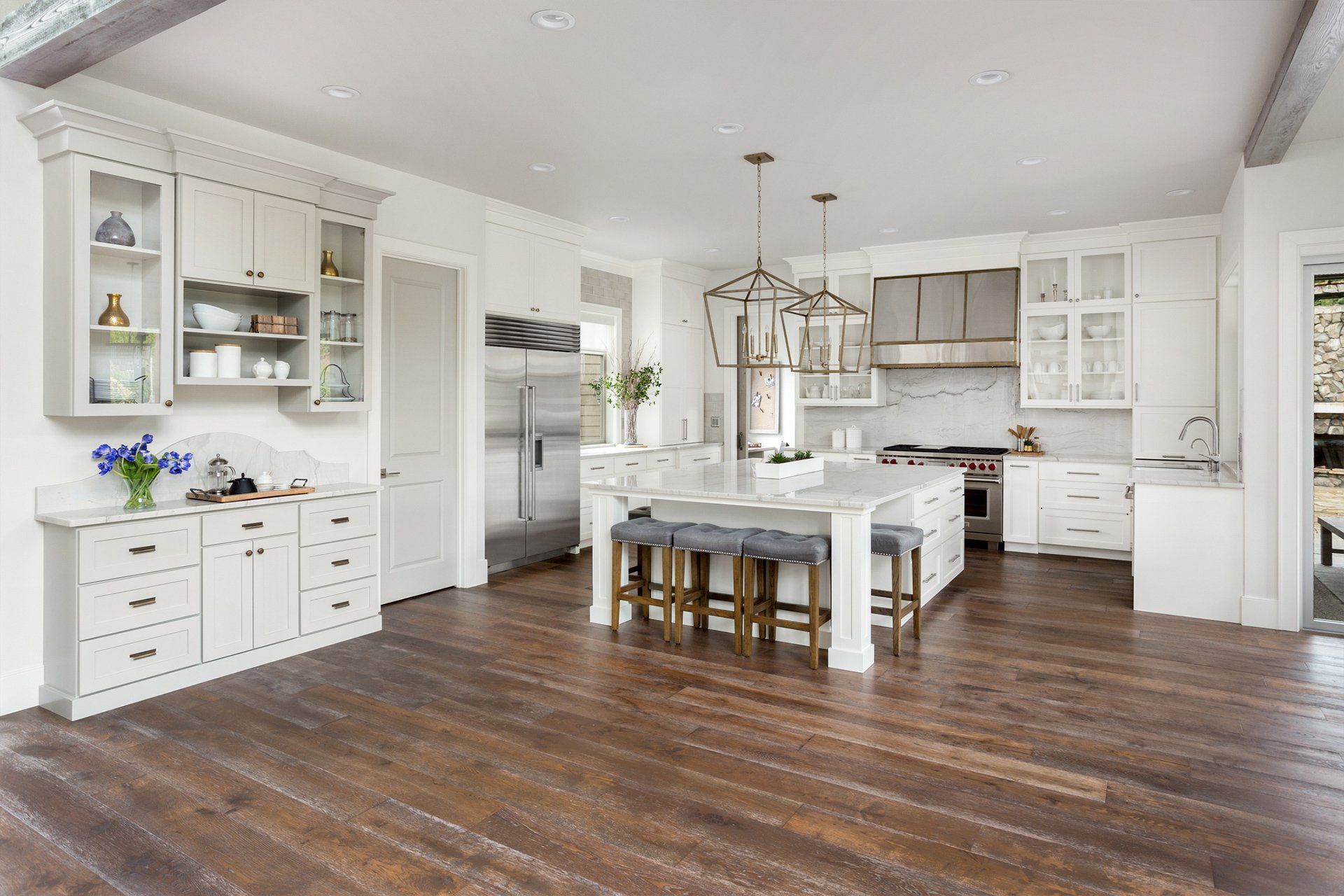Blog
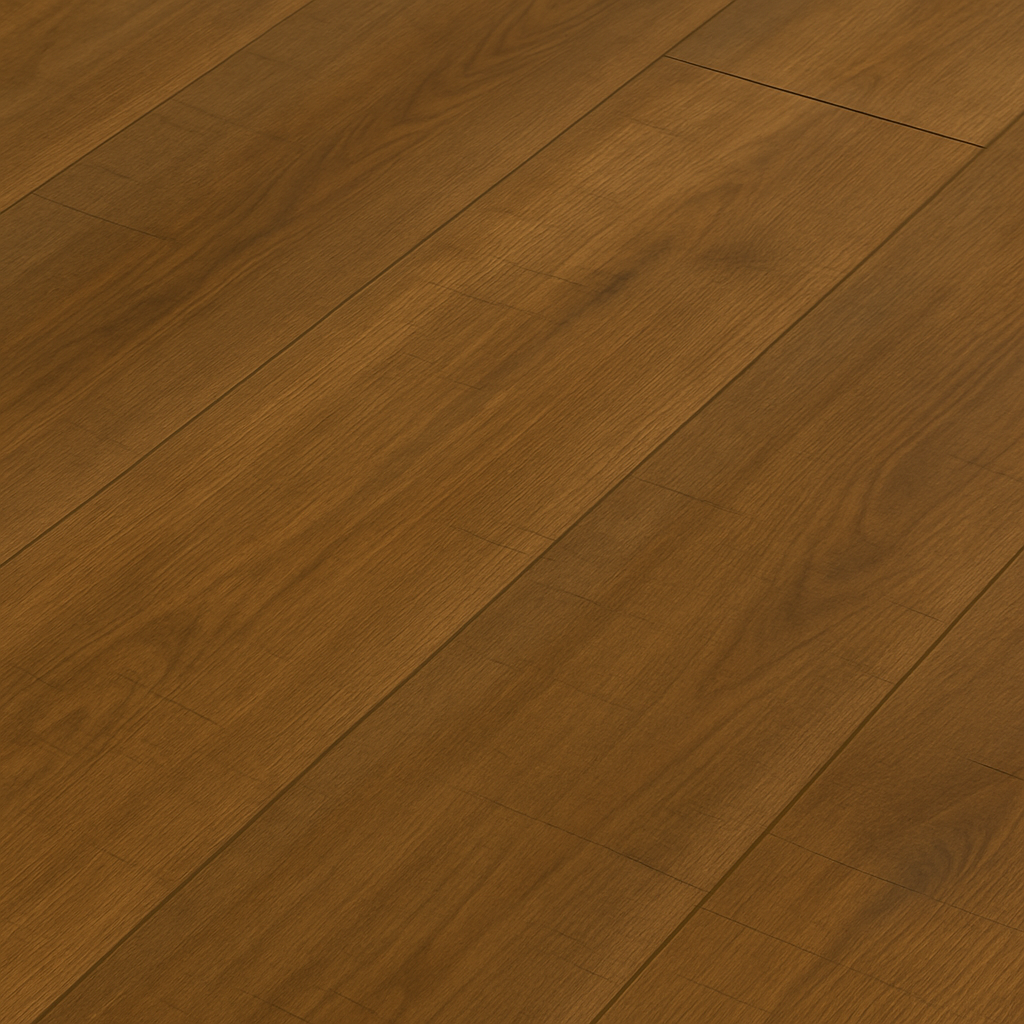
Most Popular Flooring Colors in 2025 and How to Choose the Right One for Your Home Flooring is one of the biggest design choices you’ll make in your home. The color you choose sets the tone for the entire space — from cozy and inviting to sleek and modern. In 2025, flooring trends are shifting toward warm, natural, and timeless looks, giving homeowners more ways to create beautiful and functional spaces. The Most Popular Flooring Colors in 2025 1. Warm Natural Browns Golden, honey, chestnut, and walnut shades are back in style. These colors create a welcoming atmosphere and add a sense of comfort to living spaces. 2. Earthy & Organic Tones Matte finishes and natural wood textures are trending. Think of colors that highlight the grain of the wood or mimic natural stone, bringing the outdoors inside. 3. Brunette Floors (Rich Dark Browns) Deep brown flooring adds sophistication and contrast, especially in open-concept homes. Perfect for homeowners who want an elegant, timeless look. 4. Light & Neutral Woods Lighter colors like natural oak, beige, and soft tan are still popular, especially in smaller rooms. These tones help make spaces feel bigger and brighter. 5. Unique Patterns & Mixed Finishes Herringbone, chevron, and wide-plank designs are on the rise. These add interest and a custom feel, while still using warm, neutral colors that won’t go out of style. How to Choose the Right Flooring Color for Your Home Choosing the right floor color isn’t just about following trends. Here are some tips to help you pick the best option for your space: Consider Room Size & Light: Dark floors look stunning in larger rooms with good natural light, while light floors are better for small or dim spaces. Match Your Style: Rustic homes look great with warm, earthy tones, while modern spaces shine with sleek, darker browns or natural neutrals. Think About Maintenance: Medium tones hide dust and scratches best. Dark floors can show dust, while light floors may show more wear. Coordinate with Furniture & Trim: Make sure your flooring complements existing cabinets, trim, and furniture. Samples are key—always test them in your own space. Stay Timeless: Trends come and go, but natural tones (light or dark) always stay in style. Choose a color that will look good in 10 years, not just this season. Upgrade Your Floors with Pro Floors Inc. At Pro Floors Inc., we help Minnesota homeowners choose and install the perfect flooring to match their home, lifestyle, and budget. With 80+ five-star reviews, free estimates, and free materials delivery, you can trust us to handle your project with care and precision. 📞 Call us today at 612-636-7766 or visit profloorsmn.com to schedule your free consultation.
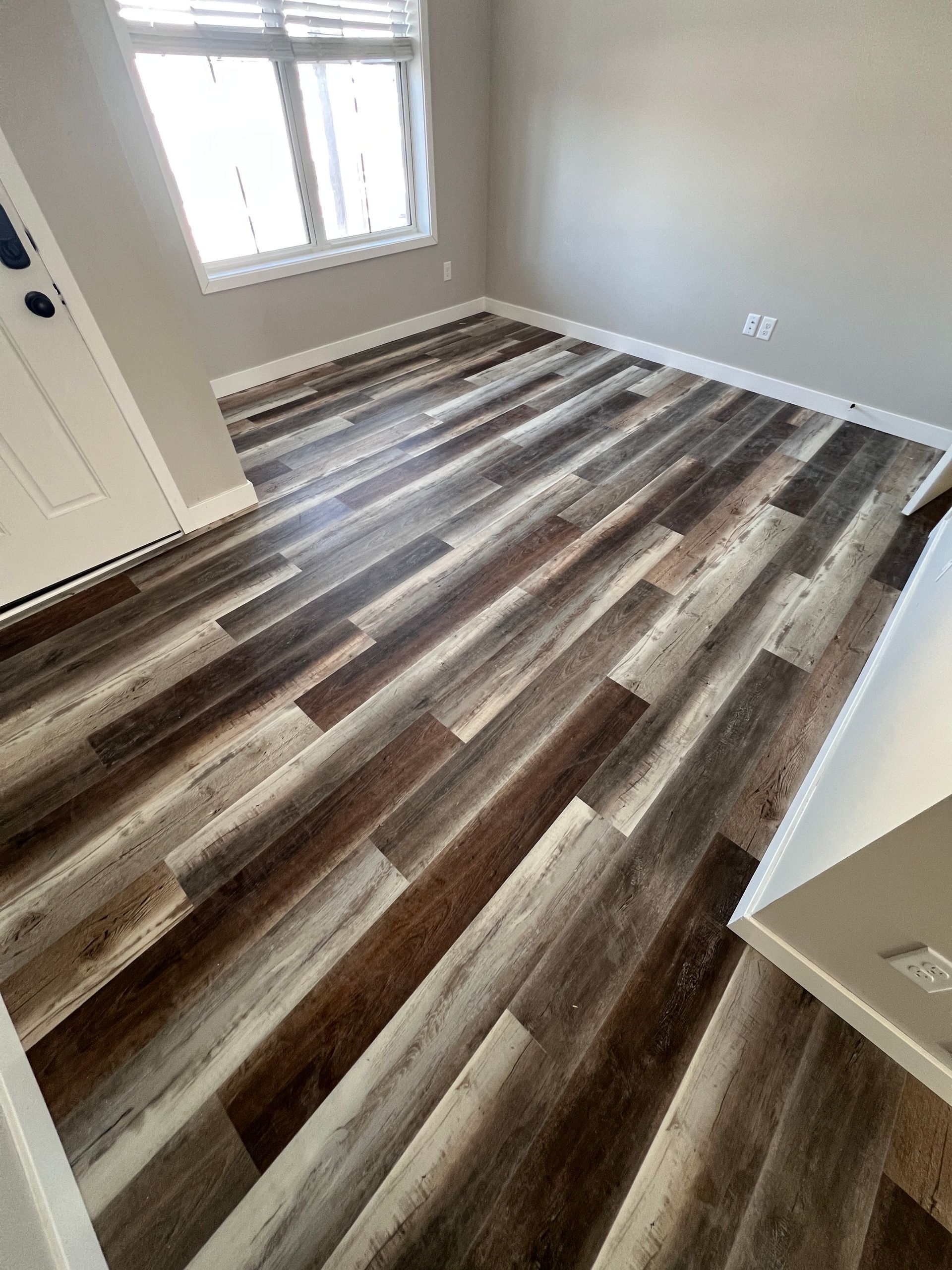
Looking to upgrade your floors this year? Here are the hottest trends making waves in Minnesota homes 🏡 — from luxury vinyl plank to bold patterns, eco-friendly options, and cozy carpet comebacks!
Whether you're after something stylish, durable, or sustainable — Pro Floors has the perfect solution for your space. We provide flooring materials AND professional installation.
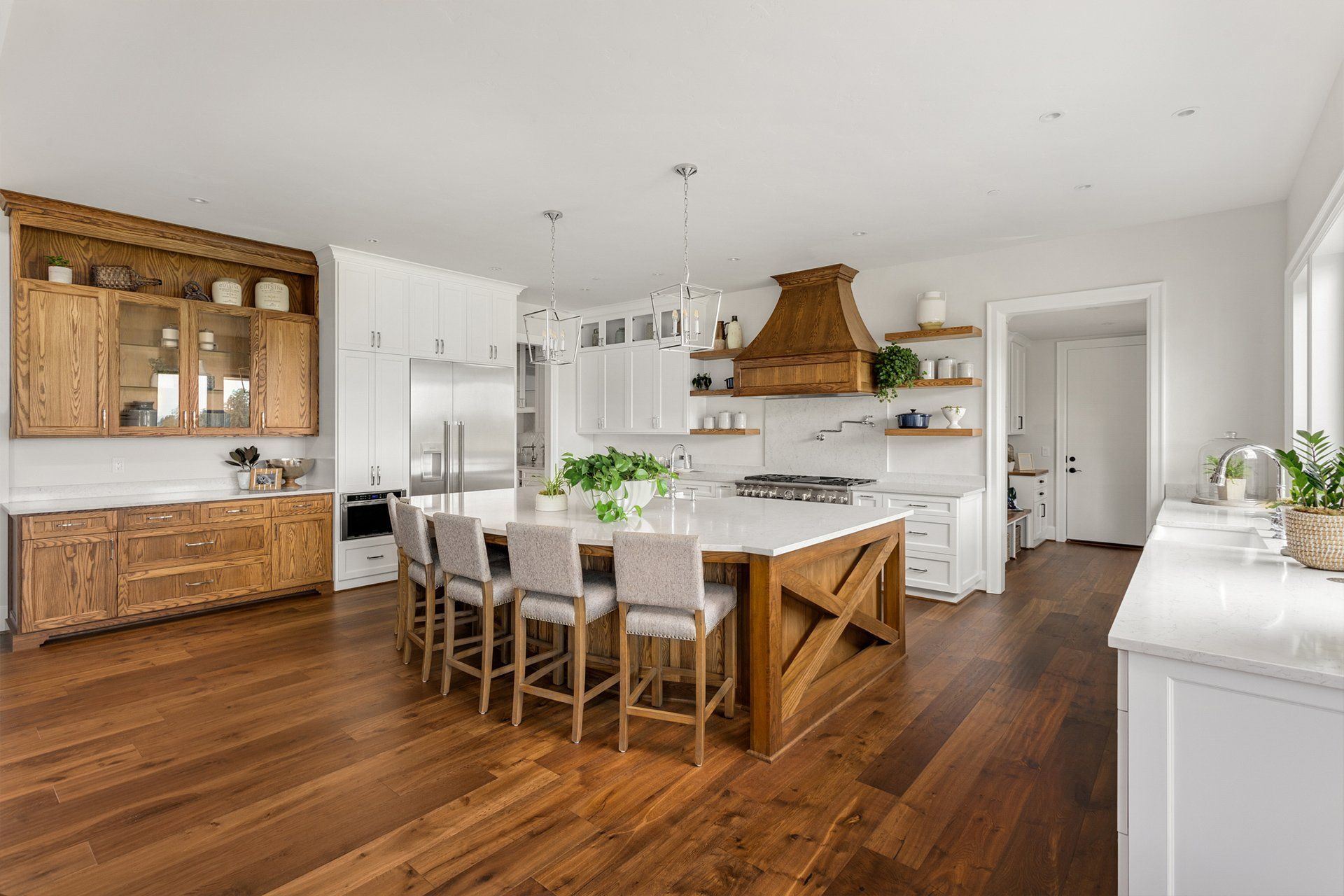
Solid vs. Engineered Hardwood: Which is Right for Your Home?
Choosing between solid hardwood and engineered hardwood can be tough! Solid hardwood offers unmatched longevity and can be refinished multiple times, while engineered hardwood provides better moisture resistance and installation flexibility.
No matter your choice, Pro Floors has you covered! We provide expert flooring installation in Ham Lake and surrounding areas, specializing in hardwood, vinyl planks, and laminate flooring.
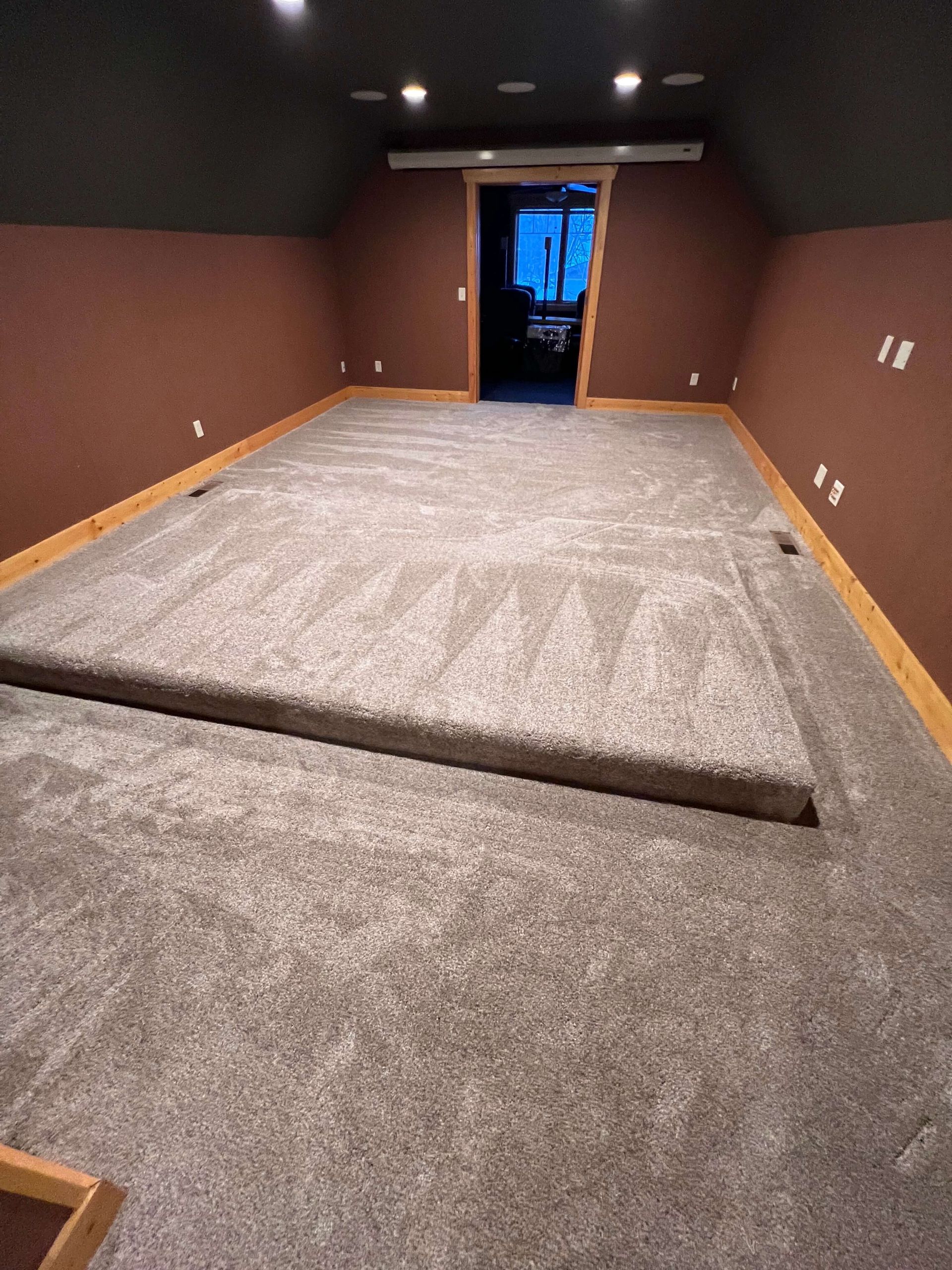
Best Carpet Types for Different Rooms in Your Home Carpet is a popular flooring choice for many homeowners due to its comfort, warmth, and noise-reducing qualities. However, not all carpets are the same, and selecting the right type for each room in your home can make a big difference in durability and functionality. Here’s a guide to help you choose the best carpet for every space. 1. Living Room – Plush and Durable Carpets The living room is one of the most frequently used spaces in the home, so you need a carpet that can handle foot traffic while still offering a cozy feel. ✅ Best Choices: Nylon Carpet – Highly durable and stain-resistant, perfect for families. Berber Carpet – Loop pile design that resists wear and tear, great for high-traffic areas. 2. Bedroom – Soft and Comfortable Carpets Since bedrooms are low-traffic areas, comfort should be your top priority. Soft and plush carpets create a luxurious feel underfoot. ✅ Best Choices: Saxony Carpet – Velvety texture and a warm, cozy feel. Frieze Carpet – Long, twisted fibers provide a soft and stylish look. 3. Hallways and Stairs – Durable and Low-Maintenance Carpets Hallways and stairs experience constant foot traffic, so you need a durable carpet that won’t wear down quickly. ✅ Best Choices: Berber Carpet – Strong and resistant to heavy use. Low-Pile Carpet – Easier to clean and prevents tripping hazards on stairs. 4. Basement – Moisture-Resistant Carpets Basements tend to have higher humidity levels, so choosing a carpet that resists moisture and mildew is essential. ✅ Best Choices: Synthetic Fibers (Olefin or Polyester) – Water-resistant and mold-resistant. Carpet Tiles – Easy to replace if moisture damage occurs. 5. Home Office – Noise-Reducing and Comfortable Carpets A quiet and comfortable workspace is key for productivity. ✅ Best Choices: Cut-Pile Carpet – Soft yet durable, reducing noise and providing comfort. Loop-Pile Carpet – Great for rolling office chairs without damage. Conclusion Choosing the right carpet for each room ensures longevity, comfort, and style. Whether you want durability for high-traffic areas or plush softness for your bedroom, selecting the right type of carpet will enhance your home’s look and feel. At Pro Floors, we not only provide professional carpet installation, but we also supply high-quality carpet materials to fit your needs and budget. Let us help you choose the best carpet and install it seamlessly! 📞 Call us today: 612-636-7766 📧 Email us: myprofloors@gmail.com 🌎 Serving Twin Cities and surrounding areas Let Pro Floors bring comfort and quality flooring to your home!
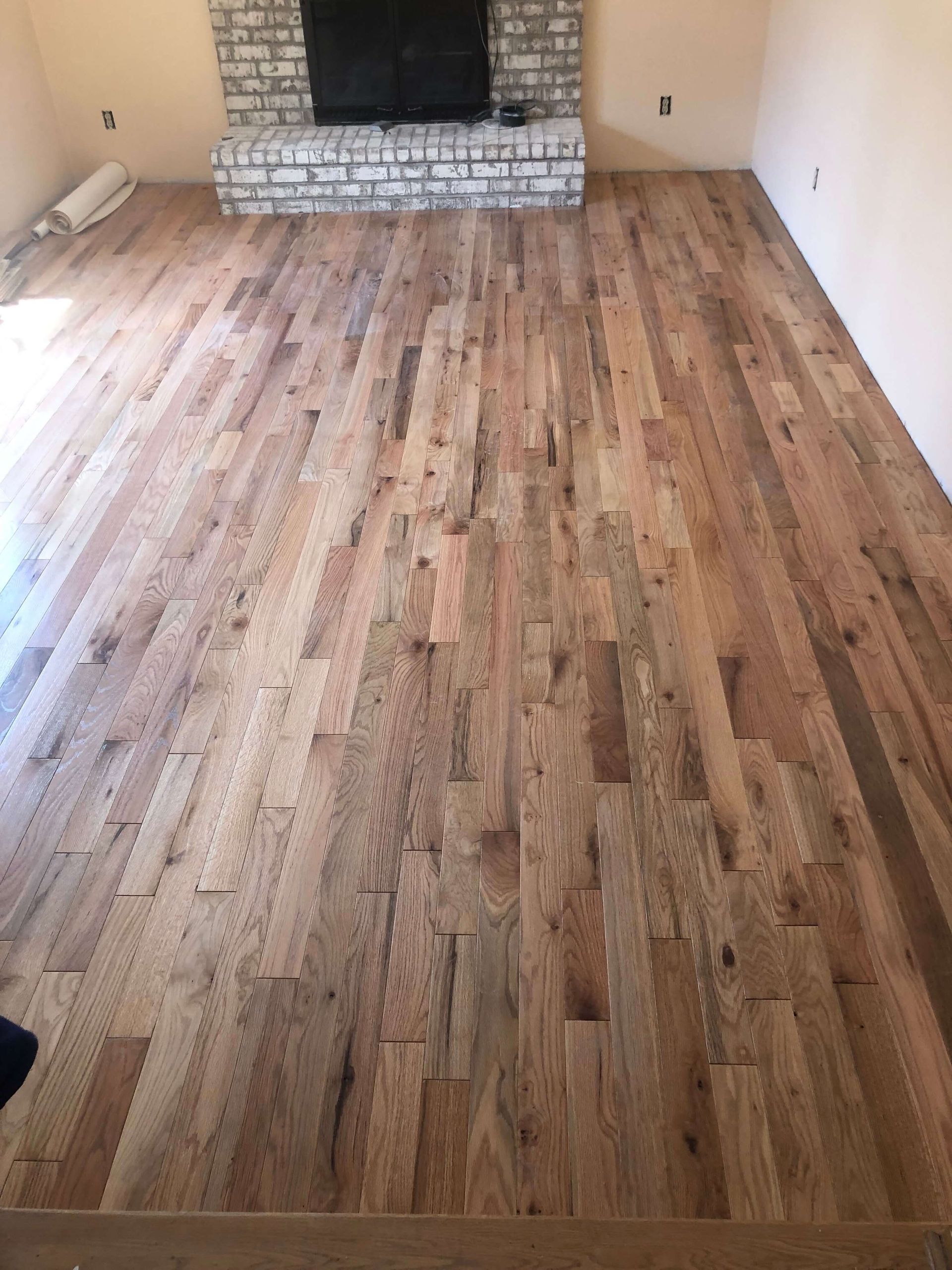
Protect your hardwood floors this winter with expert tips from Pro Floors Inc. Learn how to shield your floors from snow, salt, and moisture, maintain proper humidity levels, and keep them scratch-free during Minnesota’s harsh winters. Discover practical advice and professional solutions to ensure your floors stay beautiful all season long!
